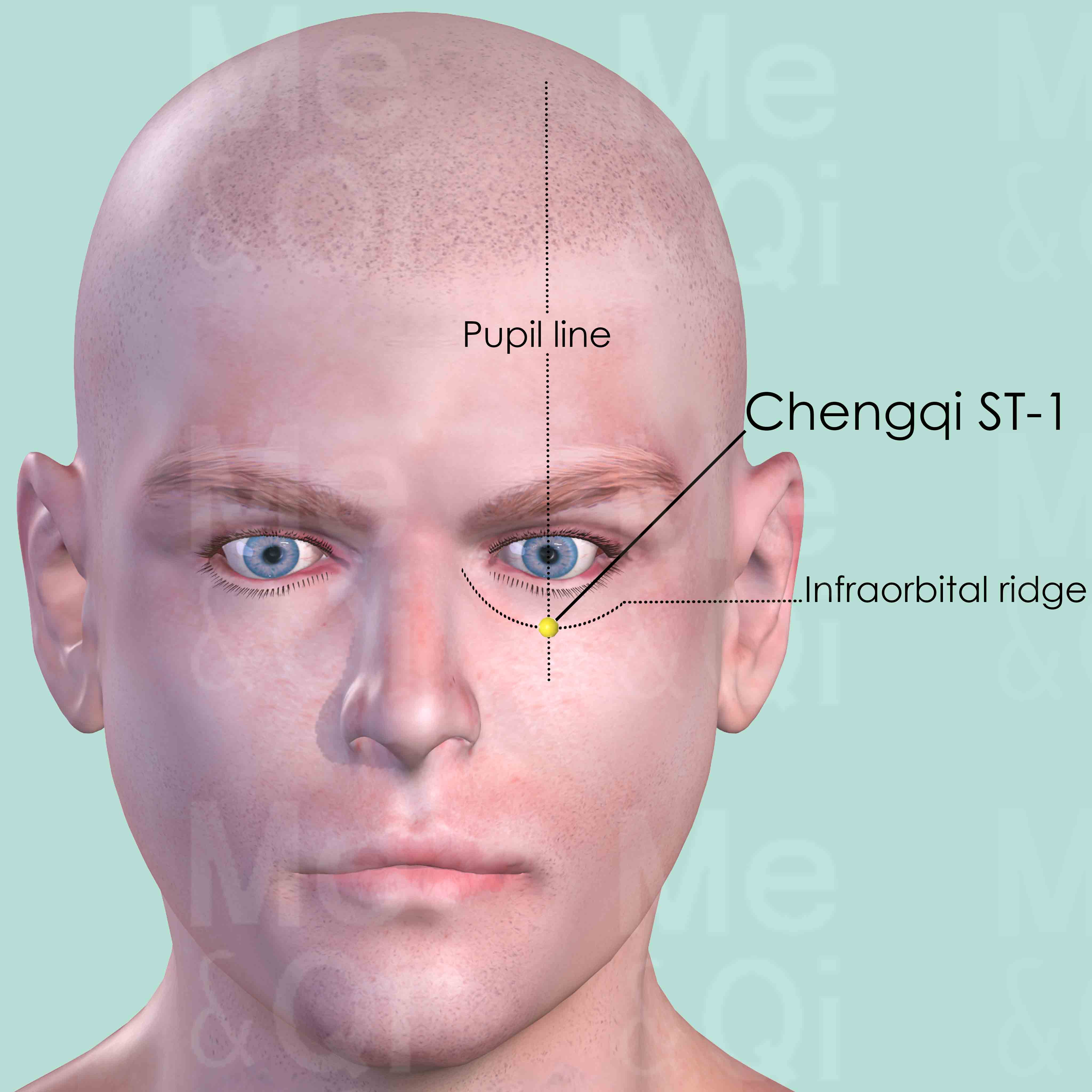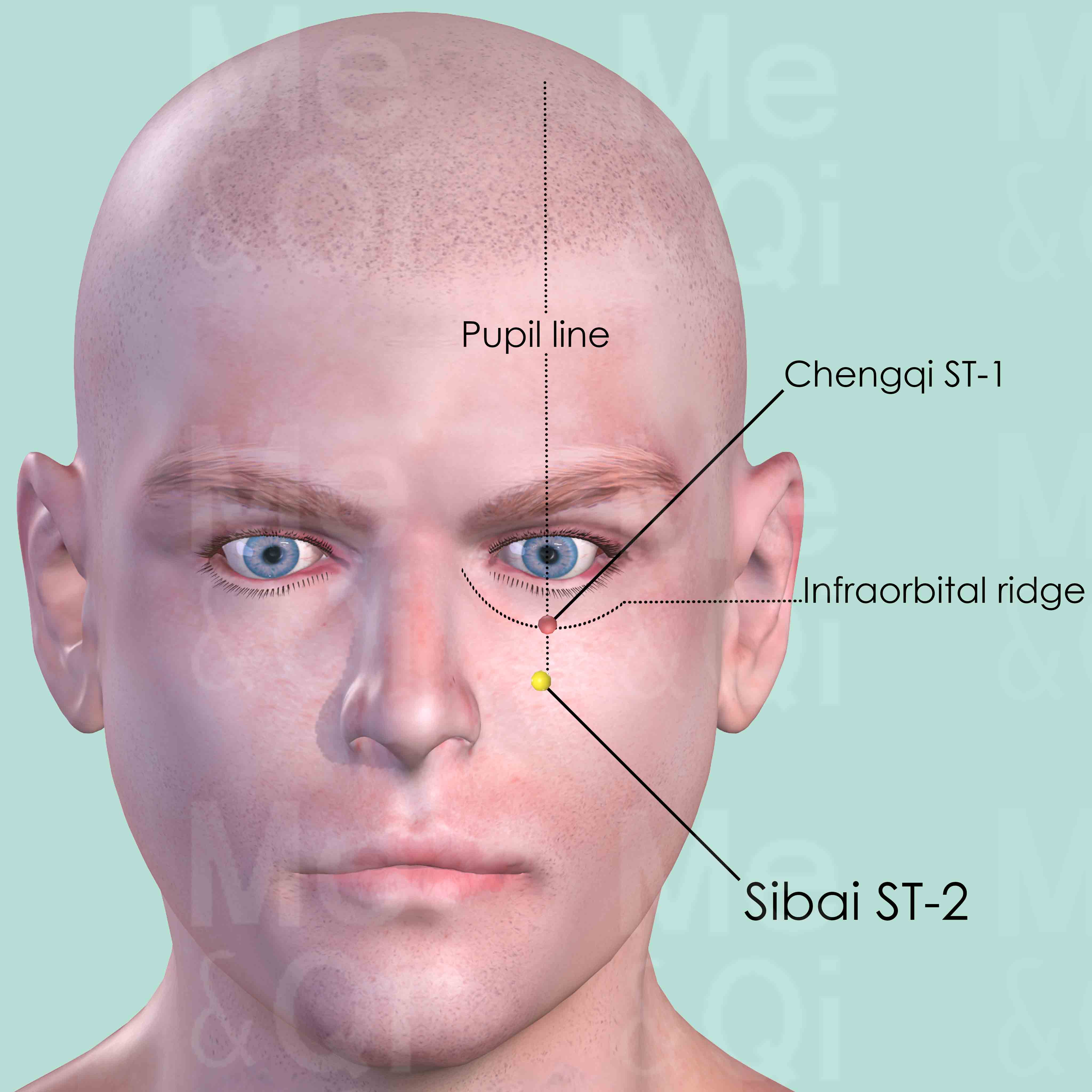Squintaccording to TCM
Symptom families: Eye Disorders and Symptoms, Eye Movement and Alignment
Did you mean? Convergent Strabismus Eye Deviation
What is Squint?
A squint, also known as ocular misalignment, is a condition where the eyes do not align properly. One eye may turn inward, outward, upward, or downward while the other eye focuses on a single point. This misalignment can be constant or intermittent, and it may affect either one or both eyes. Squints are more common in children but can also develop in adults.
This condition can lead to issues with depth perception and can cause amblyopia or "lazy eye" in children if left untreated. Treatment is essential to correct the alignment and prevent further visual complications.
How does TCM view Squint?
Traditional Chinese Medicine (TCM) approaches the condition of squint quite differently from Western medicine. In TCM, a squint is seen as a manifestation of an imbalance within the body's internal systems. This condition is often linked to Deficiencies or disharmonies in the Liver and Kidney Channels, which are believed to have a direct influence on eye health.
TCM posits that a squint could result from imbalances such as Liver Heat or Kidney Essence Deficiency, affecting the muscles and nerves around the eyes. Identifying and addressing these underlying disharmonies are crucial in TCM to effectively treat a squint.
Acupoints for Squint
In TCM, acupuncture is a key therapeutic approach for addressing squint. Specific acupoints are targeted to correct underlying imbalances and improve eye alignment. Chengqi ST-1, located between the eyeball and the midpoint of the infraorbital ridge, is a vital point for clearing Heat and Wind, both of which are beneficial in treating eye conditions.
Another important acupoint is Sibai ST-2, situated below Chengqi ST-1, known for its effectiveness in expelling Wind and clearing Heat. Stimulating these acupoints can help in balancing the Qi and Blood flow to the eyes, which can be beneficial in managing squint. The selection of acupoints in TCM is tailored to each individual's specific pattern of disharmony, aiming to enhance the body’s natural healing processes and improve eye function.
Explore below some acupoints used to address squint, organized by meridian.
- By Meridian
- Stomach Channel


